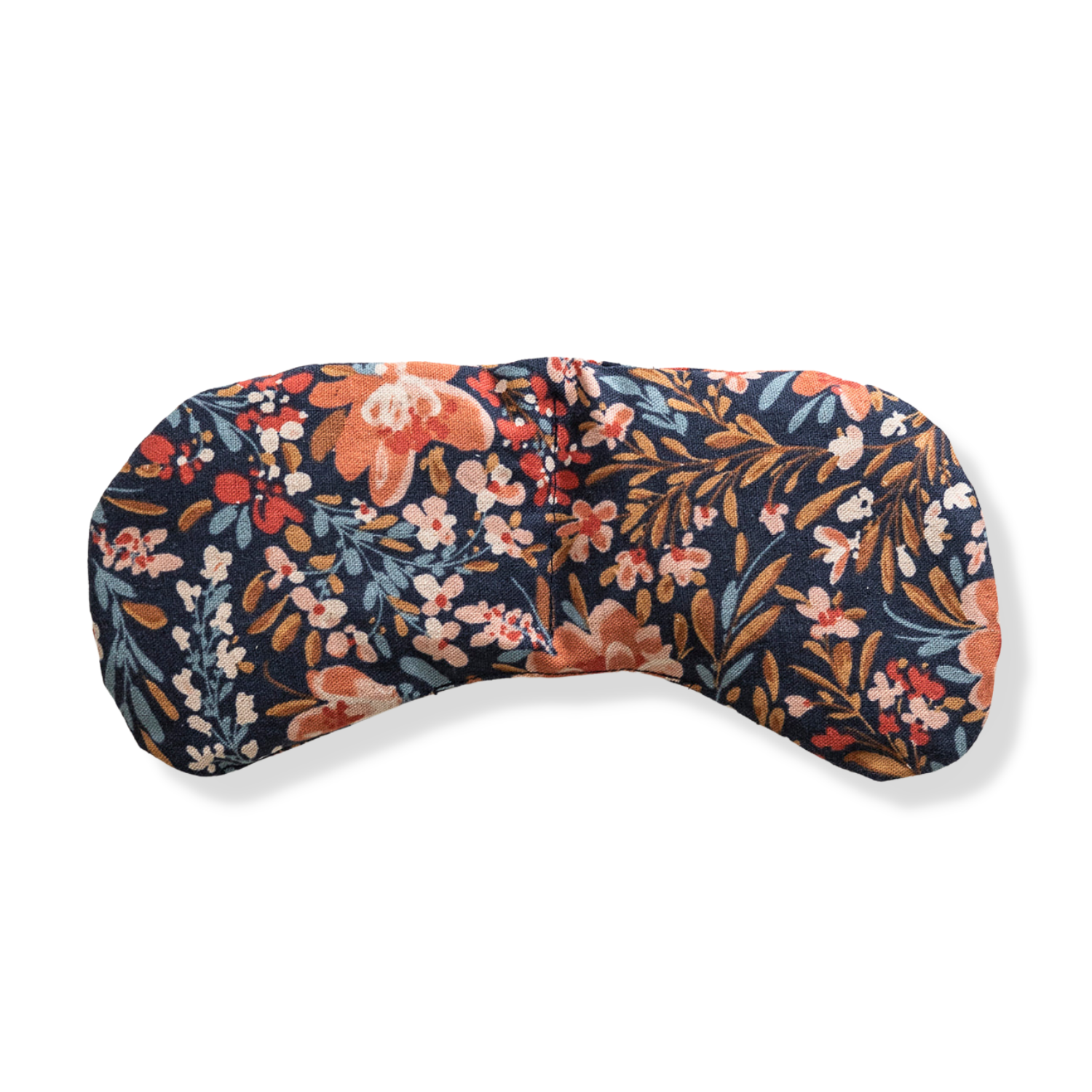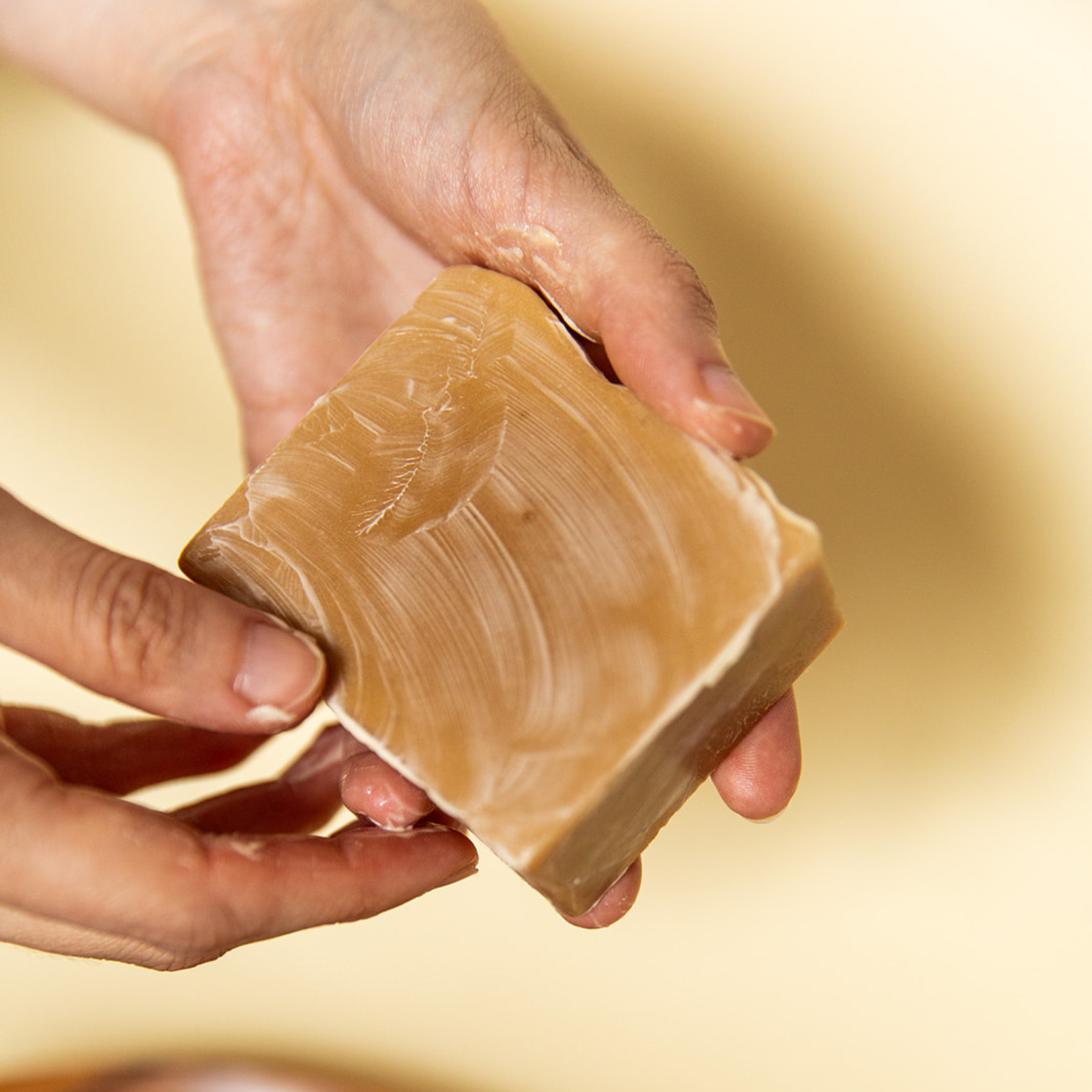 Photo by My Life Journal
Photo by My Life Journal
The benefits of maintaining a gratitude journal are well-documented across the Internet. A quick Google search will yield countless scientific studies, blogs, and books that sing the praises of regularly writing down what we’re thankful for. Arianna Huffington, founder of the Huffington Post, succinctly sums up the benefits of gratitude journaling in her book, Thrive: “Gratitude works its magic by serving as an antidote to negative emotions. It's like white blood cells for the soul, protecting us from cynicism, entitlement, anger, and resignation.”
So — how exactly does gratitude journaling actually accomplish all of those things? And where to even begin with establishing such a ritual?
To start, let’s take a look at what the science says.
 Photo by Hannah Olinger
Photo by Hannah Olinger
According to Antonio Damasia, Director of the BCI and Dornsife Neuroimaging Institute at the University of Southern California, gratitude rewards generosity, essentially feeding a cycle of healthy social behavior. He proposed that gratitude can actually activate regions in the brain associated with understanding both the “self” and “other,” which could mean that gratitude comes from understanding others’ minds along with our own needs.
A separate study conducted by researchers at Indiana University found that expressing gratitude actually activates the medial prefrontal cortex (that’s the part of the brain that mediates emotional responses, learning, and decision-making). The researchers found that “when people felt more grateful, their brain activity was distinct from brain activity related to guilt and the desire to help a cause.”
To put it in more tangible terms, reflecting on the things you’re grateful for is beneficial because it shifts your focus from toxic, negative emotions to positive ones. A consistent gratitude journaling habit can help you focus on the sources of joy and happiness in your life. In turn, it can guide you towards cutting what’s not serving you or your well-being. What’s more, studies have shown that writing by hand activates unique neural circuits in the brain, opening up a wider passageway for idea generation and retention.
Starting a gratitude journal practice might seem like a hefty commitment, but rest assured that there are no real rules to this, and it certainly doesn’t need to be a daily ritual. It’s meant to offer a sense of peace and clarity for you. However you make it work for you is the right way! That said, we have a few tips below for you to get started on your own gratitude journal:
 Photo by Kinga Cichewicz
Photo by Kinga Cichewicz
1. Dedicate one notebook or journal for this particular purpose.
We recommend keeping your gratitude journal separate from any other journals you might keep. Allow your gratitude its own sacred space for the sake of clarity and organization! Bonus points if you use an eco-friendly notebook, like this one.
 Photo by David Schwarzenberg
Photo by David Schwarzenberg
2. Determine the best time and place for journaling.
Are you the kind of person who likes to start the day by putting a pen to paper? Or do you prefer finding a few moments in the evening, unwinding right before bed? Where do you feel most comfortable writing - is it on your couch, in a coffee shop, outside on a park bench? Defining when and where to journal is a good place to start if you’re looking to build a sustainable habit that works with your schedule.
 Photo by Stock Snap
Photo by Stock Snap
3. Don’t overthink it.
Your journal entries don’t need to be super deep and spiritual (unless that’s how you want them to be!). The most important thing about gratitude journaling is that you’re able to reflect on what you’re thankful for, and get your brain churning with positive feedback loops. How you decide to put it on paper is entirely up to you.
4. Keep it consistent.
As with any ritual or practice, you’ll reap the benefits of maintaining a gratitude journal with consistent work over time. Again, this doesn’t mean it needs to be a daily habit. You could dedicate a few days of the week to journaling, or perhaps a few days a month. Whatever you decide, stick to your schedule and keep tabs on any changes in your mood and thought processes. And, of course, fine-tune your approach as you continue with your practice for optimal results!

Cecilia Seiter
Cecilia is a freelance writer and contributor to Slow North. One of her favorite writing topics is sustainability, especially as it applies to beauty + wellness and the future of technology. She is a graduate of the journalism department at Cal Poly, San Luis Obispo and is based in Los Angeles, CA.


































